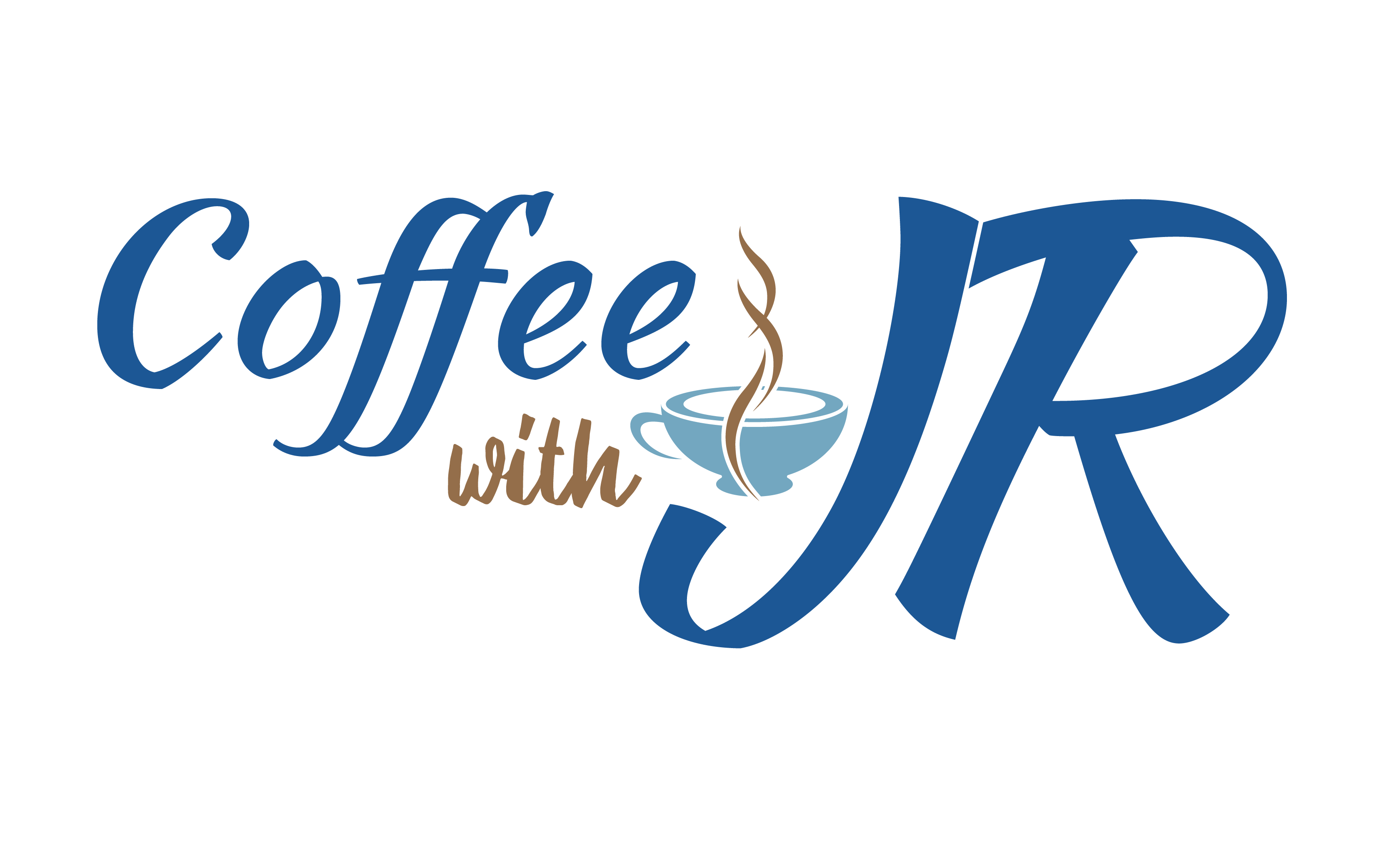
Photo by Rachel Audette
“Only those who dare to fail greatly can ever achieve greatly.”
– Robert F. Kennedy
At the beginning of 2020 when I was laying out my business plan, I had only projected giving two virtual webinars max. Out of my wildest imagination, I had never thought that I would end up giving 49 virtual trainings and only 8 in-person ones. Prior to the pandemic, I had never given any virtual webinar ever.
This transition from in-person to virtual was nerve-wracking and challenging at the same time, but amazing learning and growing opportunity. I had always known that sooner or later I would have to offer my workshop virtually. I was delaying it due to the unfamiliarity of the technologies and the excitement and enjoyment of presenting in front of live audiences.
Now, almost a year into the remote working/learning experience, here are my insights, reflections, and lessons learned about teaching virtually.
Zoom Fatigue is real, at least for me. As a presenter with 43 virtual trainings in my pocket, I still feel fatigued after giving my latest virtual training. It seems like it saps more of my mental energy than in-person presentations. Even after giving a short one-hour virtual workshop, mentally and emotionally, I feel like a zombie for hours afterward. After some reflection, I think the reasons are:
- I am a very interactive speaker. Except when I give keynote speeches, I engage with my participants by moving and walking around a lot during my in-person workshops. Even participants get to move around, too. With Zoom, I am literally standing/sitting right in front of my monitors with very restricted body movements. Even though I’ve incorporated some activities with physical movements, it’s still very limited. Studies have shown that physical activity is associated with about 40% reduced risk of fatigue. So, for me, physical stagnation is causing my exhaustion.[i]
- Having over 10 years of public speaking and acting experience, I have a reservoir of tools and techniques to inspire and keep the energy in the room at the level that I want it to be. All of these techniques heavily rely on subtle, unconscious, and emotional cues that humans have developed since infancy to bond with each other.[ii] With Zoom, it’s hard to see and feel these nonverbal signs, eye contacts, and body language which results in taxing my mind and my working harder to pick up and decipher whatever little emotions that I can see from the monitors.
- The quality of sound and visual had an effect on my energy level because “millisecond delays in virtual verbal responses negatively affect our interpersonal perceptions, even without any internet or technical issues.”[iii] If the sound and virtual quality are bad, I get stressed out and I spend more mental energy just hearing and understanding what’s going on. This is especially true when there is background noise, poor microphones, or slow internet speed.
- The most difficult virtual training I’ve given so far was a three-hour workshop with the combination of in-person format and a virtual setting. So, about 12 people were sitting in a large conference room and I teleconferenced in. These 12 individuals appeared only a centimeter big on my screen and wearing masks, so it’s almost impossible to know who is talking and to read their facial language. At the same time, two individuals were on the Zoom virtually.
- I gave a mental health webinar two days after the elections. It was probably one of the most challenging workshops I have ever given. The attendees were amazing and at the same time everyone, including myself, was so distracted and emotionally drained.
- With in-person trainings, there were different opportunities to unwind and debrief after giving a workshop. For example, different networking events and galas, especially at conferences, allow me to connect with other speakers or people in general. With the virtual, I am just home by myself. The lack of this informal and transitional celebration has caused mental stagnation.
- Loss of opportunity – with the Zoom fatigue, I need to reserve my energy for my clients and attendees. Thus, I am more hesitant to sign up for educational virtual trainings for my own personal and professional growth. I have tried to attend different educational webinars and I notice that I space out most of the time and am not really learning
To minimalize Zoom Fatigue – here are tips that I have been using:
- I invest a lot of time in designing and updating my PowerPoint. With more interactive PowerPoint presentations, on top of keeping participants entertained, I receive more nonverbal engagement through the poll and chat functions. These subtle engagements can provide me with crucial feedback that’s missing from body language and can be less taxing for my brain.
- I rarely go into breakout rooms to listen-in because I notice that my presence causes more disruption than real engagement. With in-person settings, I can easily eavesdrop on group discussions without being a distraction. So, some of you might wonder what I do when I put attendees into breakout rooms? I use this opportunity to walk around in my living room and stretch. These simple and small physical movements have helped to prevent Zoom fatigue.
- Right after giving a webinar, especially during the daytime, I go outside and walk around the block to let my brain and body unwind. If I have more time, I go sit in the park for 30 minutes or an hour to space out, watching dogs play, or reading a book. I avoid watching TV or sitting on my couch because these behaviors can further drain my energy.
Here are the Pros of giving virtual trainings that I want to highlight:
- I am horrible with names. On Zoom, it’s so much easier to remember and pronounce participant names because you can see them on the screen.
- Breakout room functions are great. Participants can really connect and talk among themselves. At the same time, it gives me some break time.
- I encourage attendees to show off their pets. Often times, they do. It’s so much fun, cute, and rewarding to see those dogs and cats get picked up and appear on the screen.
- For the first time, I gave a mental health workshop to a Fortune 100 company. One of the reasons it was possible is because it was easier and faster to set up virtually. I noticed that things move faster with clients in terms of setting up contracts and logistics. Normally in-person presentations take at least twice as much time to plan and arrange everything.
- Over a third of the virtual trainings that I presented were between four to six hours long. Some of those trainings were literally back-to-back with participants from different parts of the country. It would be almost impossible to do this if these training were done in-person.
Other Highlights:
- I gave a mental health training that was predominately men in attendance. Counter to my assumptions, these male attendees were very engaging, open to talking about their mental health challenges, and willing to be vulnerable. I felt extremely grateful, impressed, and rewarded by being their presenter.
- For years I have wanted to facilitate a workshop on the crossed topic of mental health and diversity/inclusion. There are many important overlaps between mental health and work culture. Due to stigmas and legality for both mental health and diversity/inclusion, I’ve received a lot of resistance. Fortunately, a Fortune 500 company’s ERG (Employee Resource Group) was willing to undertake this venture. So, for the first time, I gave a workshop on Anti-Asian Racism and Mental Health. Prior to the workshop, I was nervous and unsure of what the attendees would think. To my excitement, the reception of the workshop was phenomenal.
- I often teach Mental Health First Aid with another instructor that’s assigned to me. The other instructor is often different for every training and a lot of times I don’t know them prior. I really enjoy watching other instructors and learn from their virtual teaching techniques.
[i] Lee, Jena. “A Neuropsychological Exploration of Zoom Fatigue.” Psychiatric Times.
[ii] Lee, Jena. “A Neuropsychological Exploration of Zoom Fatigue.” Psychiatric Times.
[iii]Lee, Jena. “A Neuropsychological Exploration of Zoom Fatigue.” Psychiatric Times.

Recent Comments